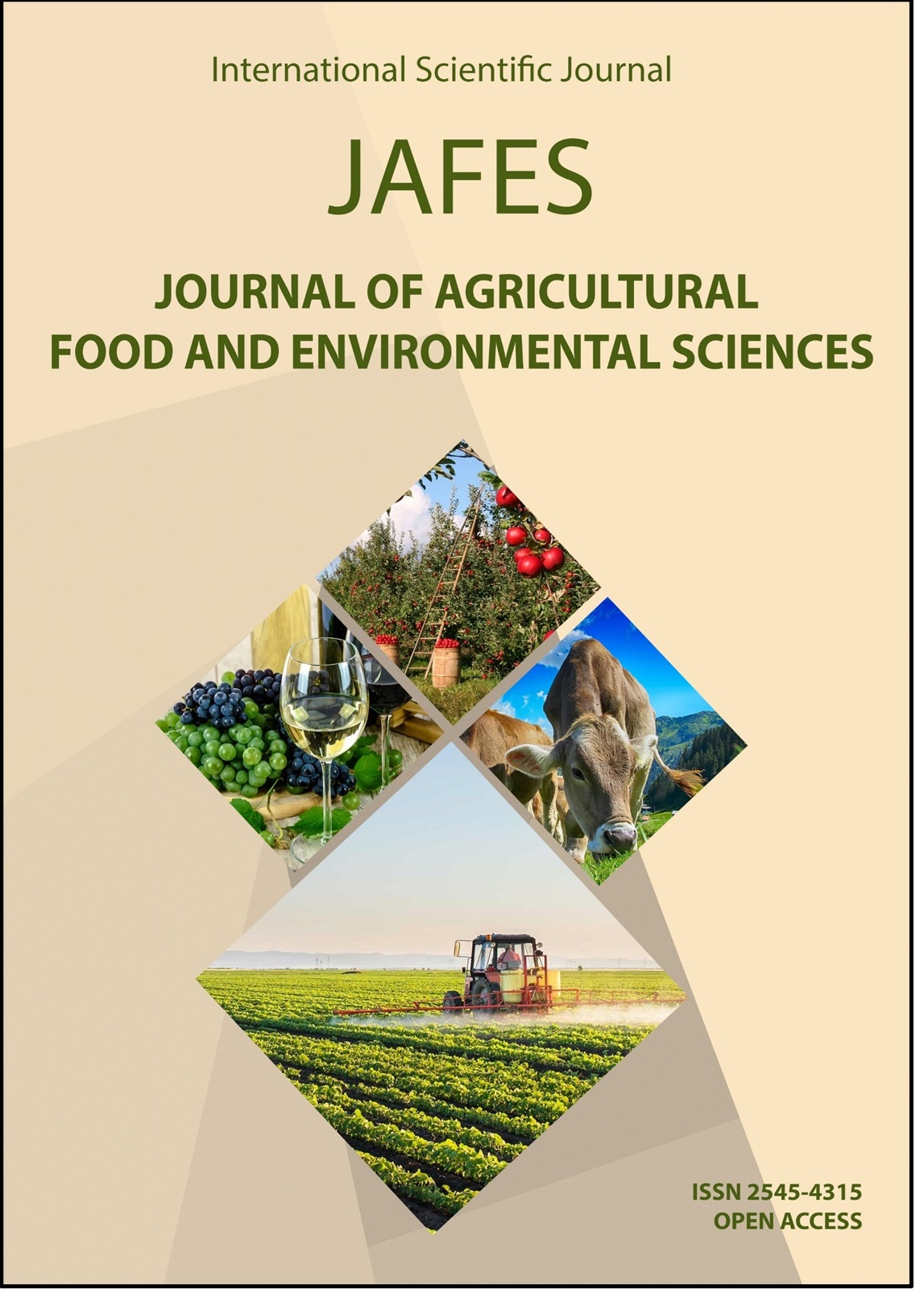VITAMIN C EQUIVALENT ANTIOXIDANT CAPACITY PREDICTION FOR SET OF FLAVONES WHICH INFLUENCE FOOD QUALITY
Клучни зборови:
flavones, VCEAC values, antioxidant capacity, QSAR, plantsАпстракт
Flavones are secondary metabolite products in plants and have broad-spectrum effects in both microorganisms and animals with varied structures and functions. The description of antioxidant potential of various chemicals or dietary foods using vitamin C equivalent antioxidant capacity (VCEAC) is preferable compared to other assays. VCEAC values is measure for the antioxidant capacity of the various natural chemicals. The higher the VCEAC value of test compound, the more effective the antioxidant. QSAR (quantitative structure - activity relationships) are theoretical models used to estimate or predict the physicochemical and biologically important activities or properties of biological molecules. A main goal of this investigation was finding QSAR correlation between the experimental VCEAC values and several characteristic calculated descriptors for set of selected flavones. For that reason, physicochemical descriptors (molar refractivity, molar volume, parachor, refractive index, surface tension, density, polarizability and rings plus double bonds equivalent) were selected as independent variables and VCEAC values as dependent values in this QSAR study. According statistical results (R2; R2adj) three-parametric models consist by molar volume, density and polarizability, has been selected as statistically significant. Predicted VCEAC value was compared with the corresponding observed values VCEAC and predictive correlation coefficient (Rpre2) was calculated. The obtained predictive correlation coefficient (Rpre2 = 0.866) confirms our findings



